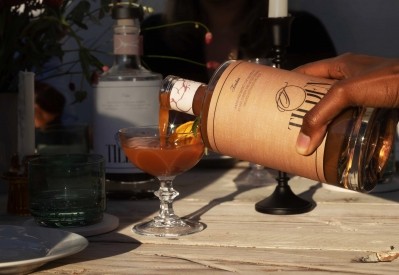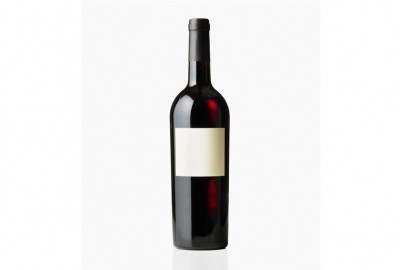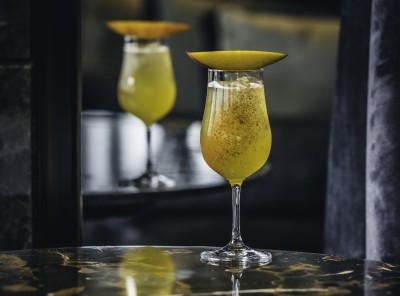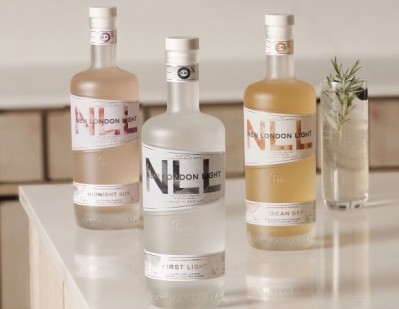Is there an opportunity for low and no alcohol in the economy space?
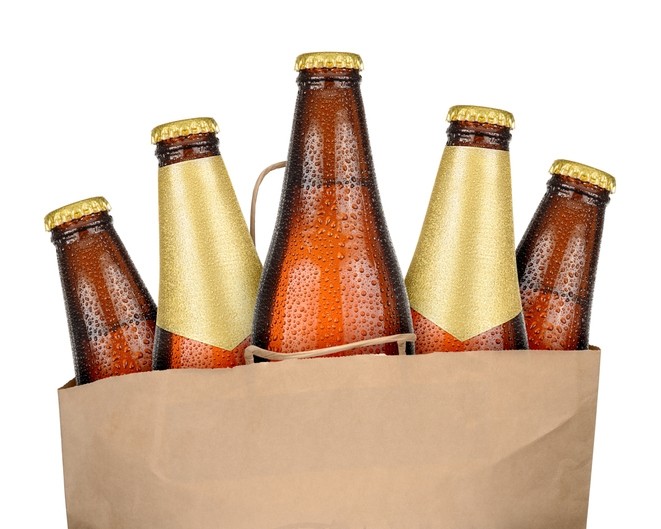
Premiumization has been central to the low and no category’s growth to date: with flavors, ingredients, provenance and brand stories being the main drivers of products. It’s a trend seen across food and beverage: but all the more important in a category which needs to find selling points for products without alcohol.
With the cost-of-living crisis, attention is turning once more to the economy segment. But when it comes to the low to no category, economy is not the way forward, suggest experts in the on-trade.
Consumers are still keen to spend in the on-trade
While the cost-of-living crisis is continually hitting the headlines, tracking what that means at a consumer level in hospitality is still unclear.
Consumers are undoubtedly looking to cut back and make savings. And yet - like the pandemic - they're also focusing on quality over quantity and looking to indulgence to get through difficult times.
CGA by Nielsen IQ data illustrates these contradictions: 29% of consumers say that cheap drinks are more of a consideration now than pre-pandemic; and yet 34% say they value high quality more than they did before.
Phil Montgomery, director of client services, CGA by Nielsen IQ, suggests that hospitality is - for the moment - less hit than other sectors by the cost-of-living crisis.
"While wallets may be squeezed by the cost-of-living crisis, consumers intend to prioritize hospitality visits over all other discretionary spend," he said, speaking at Low2No Bev and The Big Hospitality Expo at London Olympia last month. Data shows that consumers will choose first to spend their disposable income on eating and drinking out above all other leisure activities - even above holidays, clothing and home improvements.
Premiumization is a point of difference
What does this all mean for low to no? The good news is that - according to the same CGA consumer survey - 14% of consumers say that the low and no alcohol category is more important to them now than it was before the pandemic, illustrating the shift change in the industry.
But despite the pressures, experts agree that economy is not the way forward for the sector. After all, the sector has used premium positioning as one of the key ways of carving out the category for years - not least as a way of separating the category from standard soft drinks.
Jeremy Manterfield, category controller, Asahi UK can see that the cost-of-living crisis may eventually lead consumers to cut back on going out, or the number of drinks they buy on a night out – but not making sacrifices on the drinks themselves. “The last thing they’re going to do is start trading down,” he said. The company has a jam-packed innovation pipeline when it comes to low and no alcohol (it wants to see alcohol-free beer make up 20% of its portfolio by 2030) but all of these continue to focus on premium products. “I can’t see anyone looking to launch an economy tier,” he said.
Dan Crowther, founder and director of drinks consultancy Hedonist Group, agrees. But he believes the cost-of-living crisis could offer an opportunity for the low to no category, if the on-trade can find the sweet spot with pricing of low to no products.
If they can convince consumers of their quality and taste when stacked up against traditional alcoholic counterparts - and accompany that with an alternative price point that's attractive to traditional alcohol consumers - this could encourage consumers to give such products a try.
And from the other direction, low to no products already provide that point of premium difference over the existing soft drink category.
“When people go out they expect more… soda and cola doesn’t cut it any more,” he said. “The low and no alcohol category can offer people that 'treat yourself' moment."
